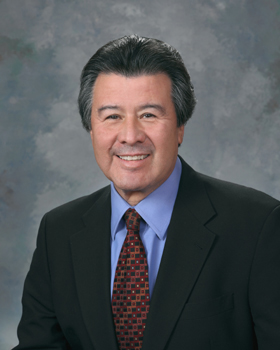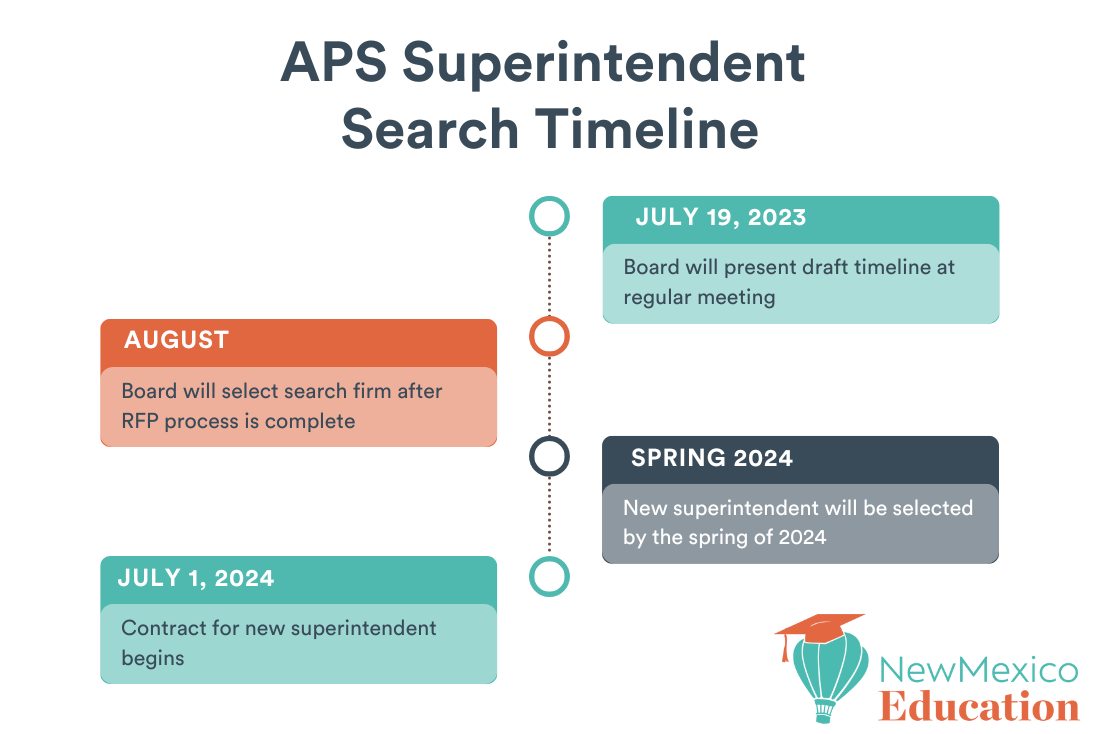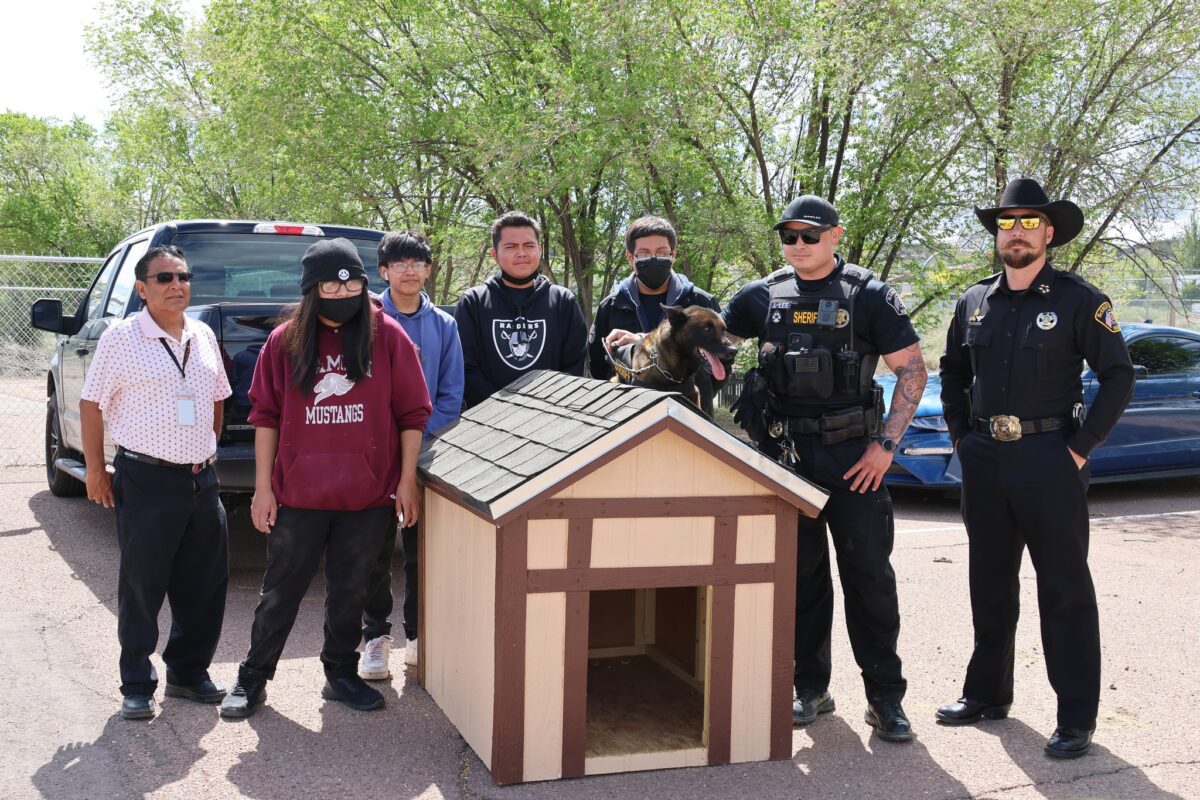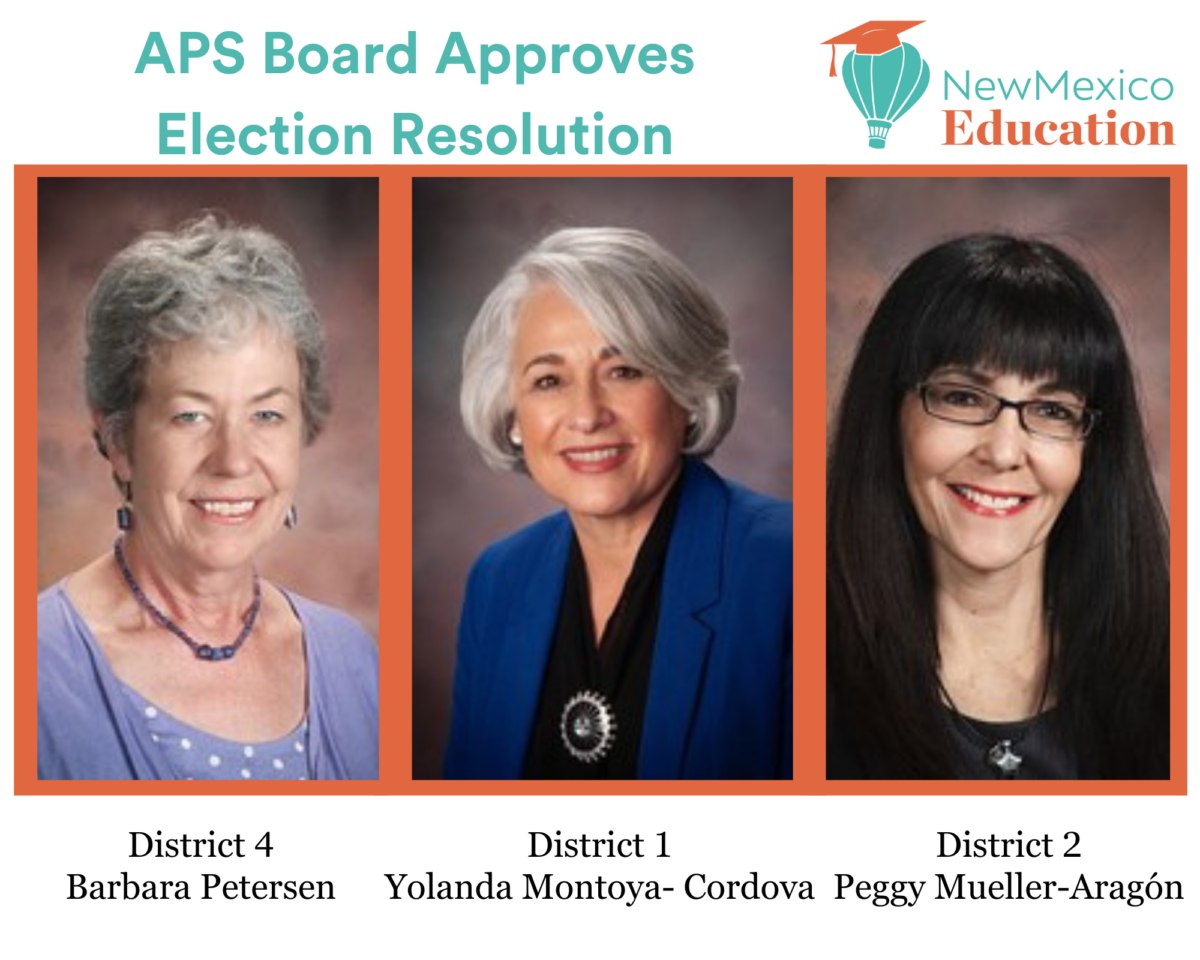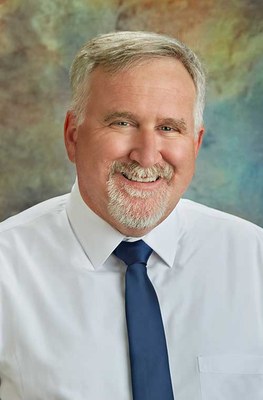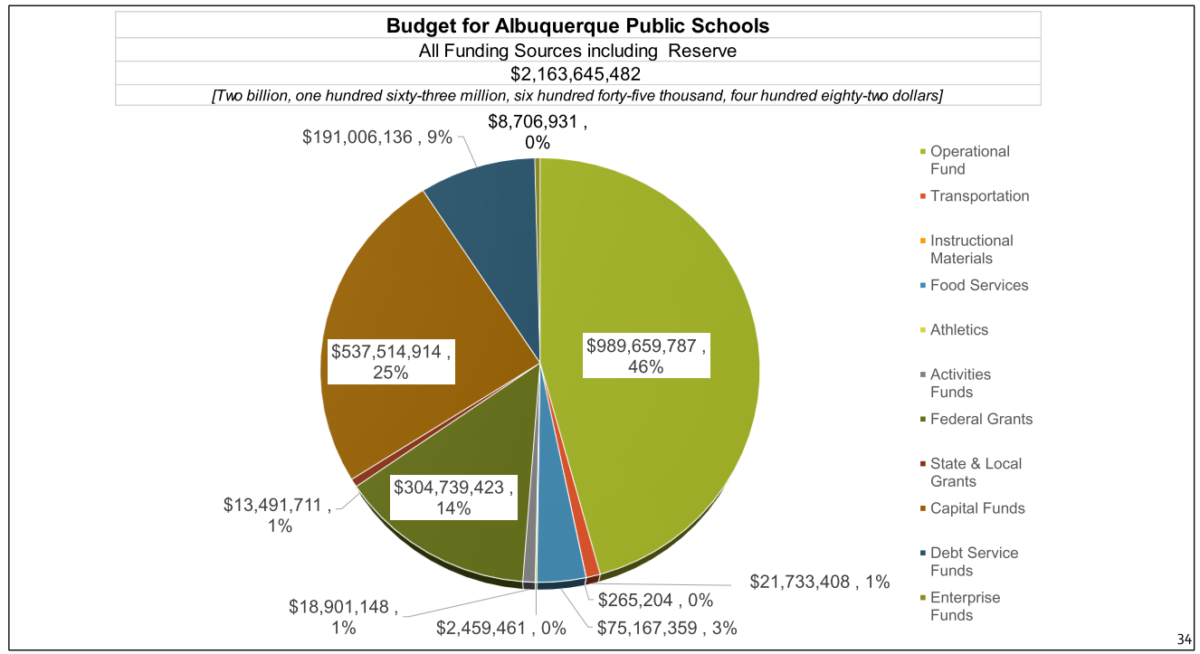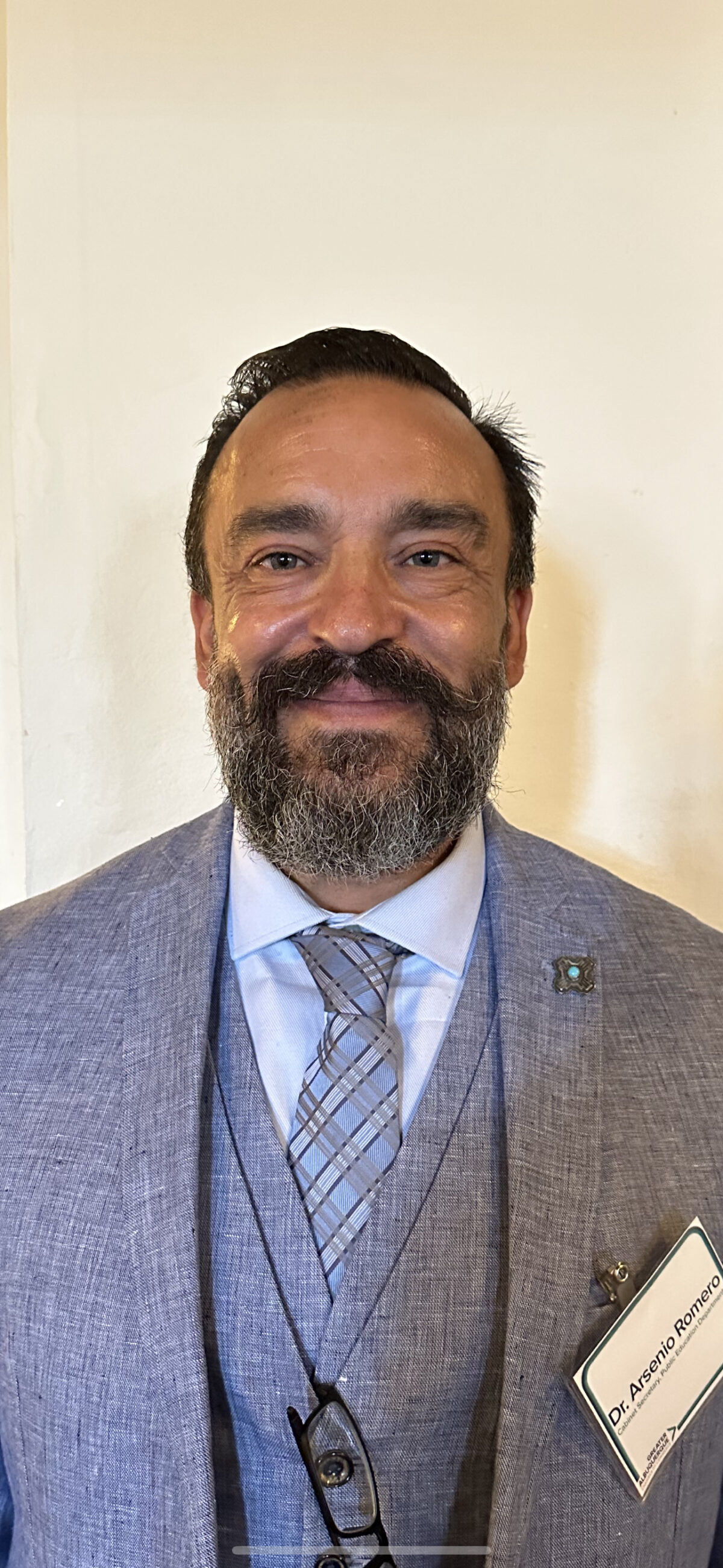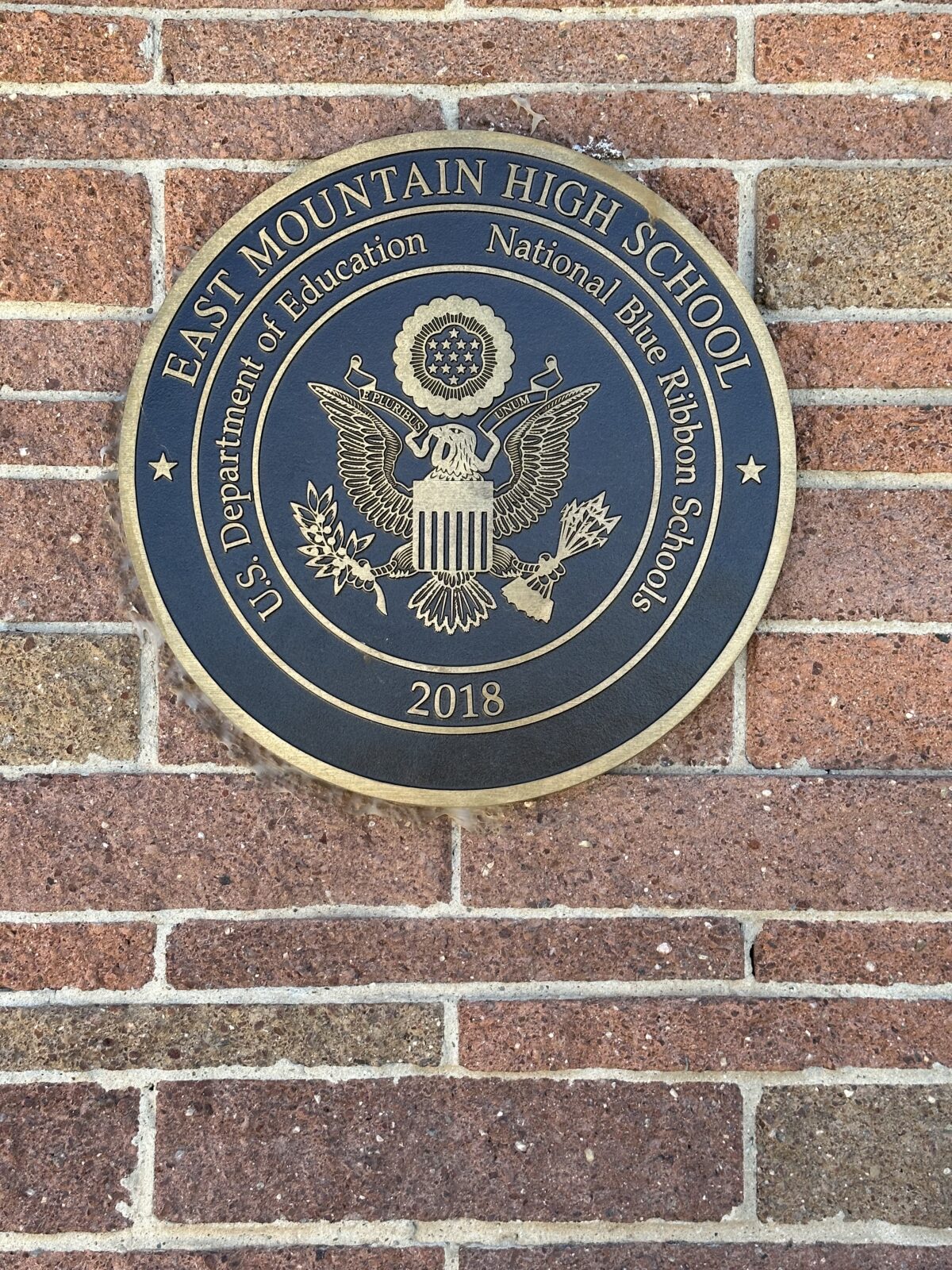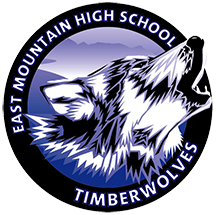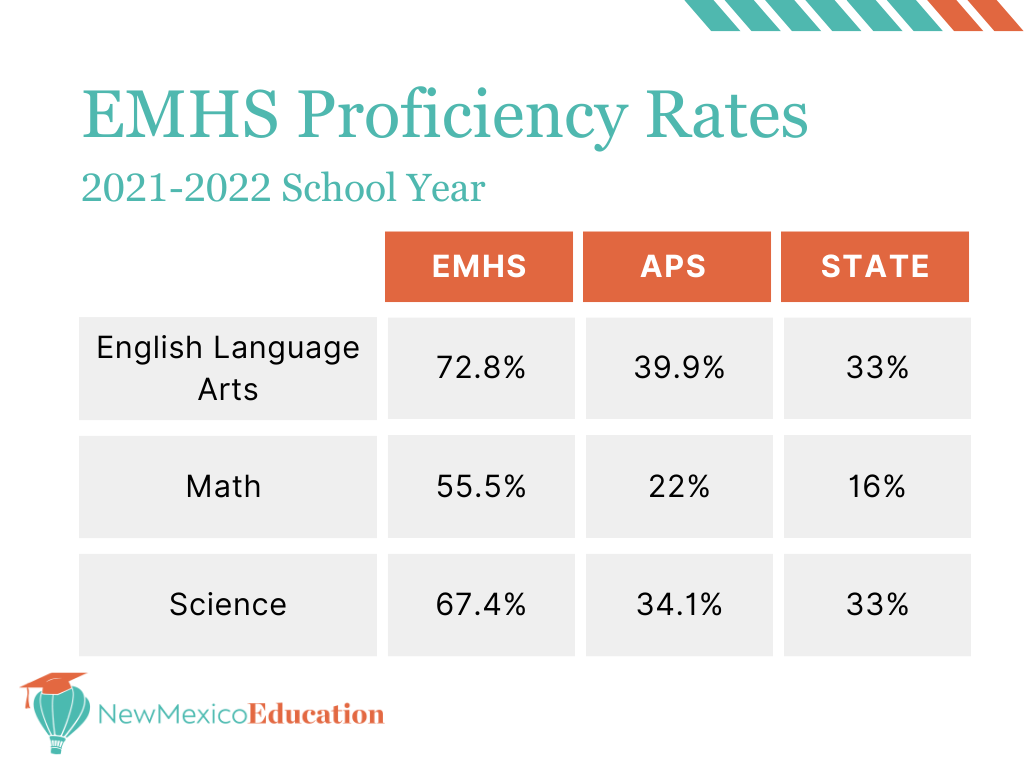Fully Funded Education System Needs to Perform
Editor’s Note: This article was written by New Mexico State Senator Pete Campos (D – Colfax, Guadalupe, Harding, Mora, Quay, San Miguel, and Taos)
While some advocates might be laser-focused on early childhood, with others just as attentive to higher education, all understand education, from birth through career, is a system that only works if each piece works. Young children are more likely to succeed academically with support from birth. A junior high student can’t tackle higher level language arts, math, and science without a foundation built in elementary school. A high school senior must have strong skills built over years of classroom instruction to continue to higher education or a career.
With that in mind and with unprecedented state revenues available, the Legislature invested more than $6 billion in the care and education of our children and academic advancement of our young adults for the budget year that starts July 1. Spending on early childhood, public schools, and higher education now makes up more than 60 percent of all spending of state general fund revenue.
We expanded funding for the support program for families known as Home Visiting, made childcare affordable for most New Mexico families, and added prekindergarten classrooms throughout the state. Public schools now have more funding than ever for literacy help and other interventions for struggling students, extended learning time, and the wraparound social supports offered by community schools. More funding for scholarship programs means almost every New Mexican who wants to go to college can afford it.
The Legislature has committed to helping our children succeed from their first day to their first day on the job. The focus must now shift from the level of investment to the implementation of programs that evidence and research tells us will make a difference. We know Home Visiting, which starts with services before a baby is born, can help that child succeed throughout life but only a small percentage of eligible families are enrolled. We know extended learning time, including longer school years, can help improve student test scores but most of the state’s largest districts, serving 75 of all public school students in the state, declined to add days even after the program was substantially revamped to meet their needs.
It is critical that we strengthen accountability, transparency, clarity, and strategies to make sure those who administer the hundreds of millions of dollars in their programs make the best use of those dollars. We need a coordinated statewide framework with annual, unified reporting on progress. We need to see data on the health of our children and their families, the school-readiness of our prekindergarten and kindergarten students, student academic performance, and the job placement of our high school and college graduates, and we need the analytics that tell us what the numbers mean and how they can be improved.
State lawmakers have invested your tax dollars in an education system that stretches from birth to young adulthood. We cannot ensure that those dollars improve the system unless we measure the results. You deserve to know that your tax dollars will pay off, for our children and their futures and, through them, our communities.
Senator Campos, a Democrat from Las Vegas who holds a doctorate in educational leadership and a master’s in guidance and counseling, has been a member of the Senate since 1991 and a member of the Senate Finance Committee since 1997. Campos is also a member of the Legislative Finance, Revenue Stabilization and Tax Policy, and Water and Natural Resources committees. He has served as the senator from District 8 in northern New Mexico since 1991 and has served as president of Luna Community College, superintendent of the Las Vegas City Schools, and mayor of Santa Rosa.
With a significant investment of over $6


